Why all transport planners should be urban design allies
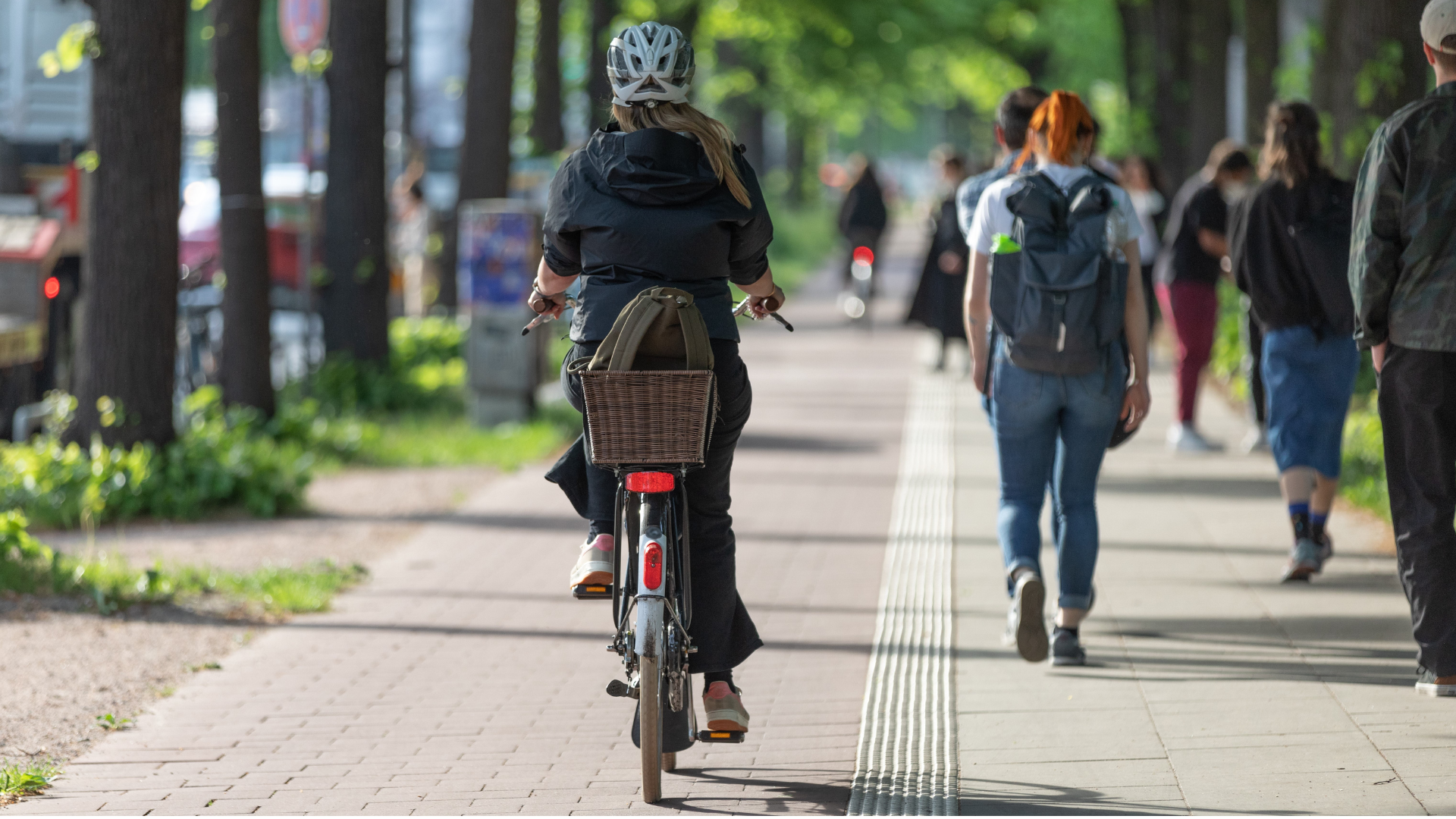
Over the last half of the 20th century (but still too often today), towns and cities have been reworked to accommodate the car; leaving new places marred by heavy-handed application of parking and highway design standards. As transport planners, we must ensure the mechanics of designing safe and functional movement networks sits comfortably alongside the fundamental need to create human-oriented spaces. Transport must form part of the process of urban design, working collaboratively with wider disciplines, to create spaces that invite interactions between people to develop happy and healthy communities. It is important that our urban spaces put people first.
Streets are community spaces
Streets perform a crucial function facilitating movement in our towns and cities. This is space that must also do a lot more to evoke a sense of excitement, belonging, enjoyment and safety for users. After all, streets usually make up the majority of public space in urban areas.
Transport planners are increasingly thinking beyond just the movement of vehicles, towards a more people-centric approach, considering walking and cycling first. An enhanced understanding of urban design principles can step our approach forward again, evolving the focus to communities, societies and the types of places we want to spend time in. Indeed, the national strategy for tackling loneliness states a need to use planning and design frameworks to “place community at the heart of the design for housing developments and planning”.
Streets can be healthy spaces of activity and play. Streets can be places of safety, inclusion and rest. Streets reflect so many functions beyond transport; it’s important for anyone involved in developing networks and designs to think about what kind of place they want to create.
“Urban design is about making invitations, inviting people to walk, to talk, to sit, to meet, an invitation to a better everyday…” – David Sim, Soft City
In creating new spaces, we must think about how transport can influence the opportunities for interaction, joyful places and creation of communities in order to achieve wider placemaking aims and better social outcomes.

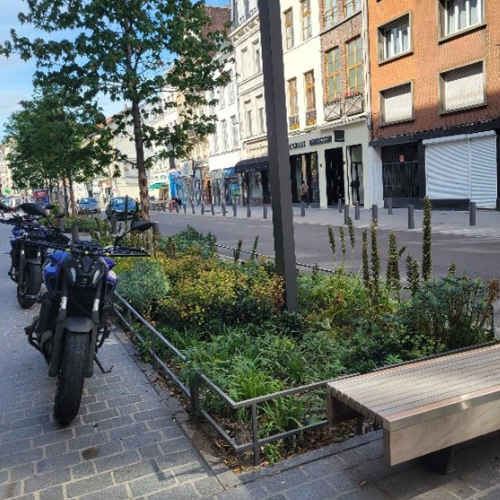
Mix it up
Streets need to be designed to effectively connect to where we want to travel. Delivering homes in isolation does not in itself create communities; integrating a mix of land use into new developments (appropriate to the scale) generates local activity, a social centre and opportunities to reduce external trips.
Mixed use developments bring facilities closer to our homes, which in turn means we are less reliant on cars to get us around to reach the things we need every day.
We are more likely to travel by walking, wheeling or public transport if where we want to get to is nearer. Promoting sustainable travel is an important part of decarbonising and working towards net zero. With more walking and cycling trips, and a network designed to facilitate these trips safely and effectively, movement and commercial activity can activate neighbourhoods. This generates more opportunities for social interaction and a sense of community, in turn reducing isolation, promoting feelings of safety and enhancing diversity.
Good spaces aren’t always spacious
Higher density development means that places we want to get to are more likely to be closer. As well as the benefits higher density has on the viability of good quantity public transport links, delivering higher density can establish more walkable places. Housing density should be applied in context. Even moderate densities (40-60 dwellings per hectare) reduce land-take and can achieve effective social and placemaking outcomes, in a low-rise typology that most people will find attractive and welcoming.
By providing sufficient alternative transport links to reduce reliance on private vehicle use and ownership, higher density development provides the opportunity to create public spaces for people rather than being dominated by (largely stationary) cars. This doesn’t have to mean car free developments, but moderate reductions in overall land use for cars, in combination with the elements above and incorporating innovative thinking on how parking is designed, can achieve more resilient and enjoyable places.
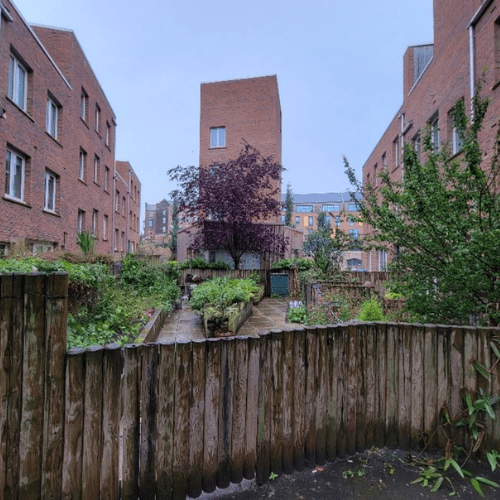
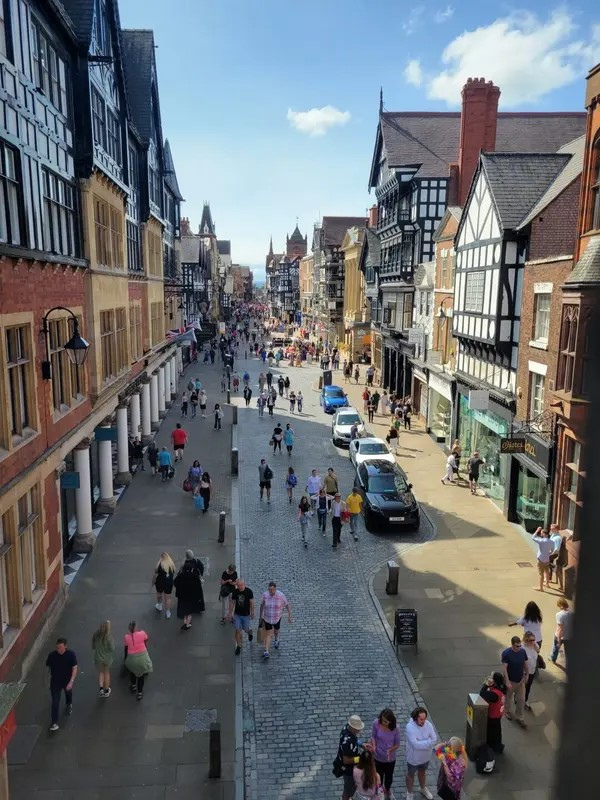
Urban design is a process
Urban design itself is a process and placemaking principles can be applied across all stages of the planning process. Applying them at the allocation stage, thinking about where and how growth occurs, as well as at strategic masterplanning and design stages, where street hierarchy and movement networks are developed, to bed in the vision throughout.Beyond finalisation of design and implementation, the job is not done. Assessing the success of designs once they are completed is a further step to understanding how places work. Learning from successes and building on them means the same mistakes will not be made again, and the future of our urban landscape can continue to improve.
Navigate the place ecosystem
Movement, land use, parking, resilience, density, integration, community... All these things have a strong interplay, they form an ecosystem of place. Understanding the nature and strength of the relationships between all the elements can only enhance the success of solutions. This comes through wider thinking from individual disciplines but (perhaps more importantly) increased collaborative working practices and shared vision between professions.
Places can be made at any scale, from designing one street to a new town, each development has the potential to influence the way a space works, how it functions and the feelings it evokes. If we can harness the transformative power of collaboration and forward thinking, perhaps we can generate more urban spaces which sustain enriched communities, are seamlessly connected and environmentally conscious.
Talk to us!
We pride ourselves on our ability to work collaboratively and think holistically in all projects we deliver. From considering high-level spatial growth strategies, innovative approaches to parking, place-focused development and regeneration masterplans in multi-disciplinary teams, to designing streets for clients across the UK, we would love to talk to you about your project and the creativity and value we could add.
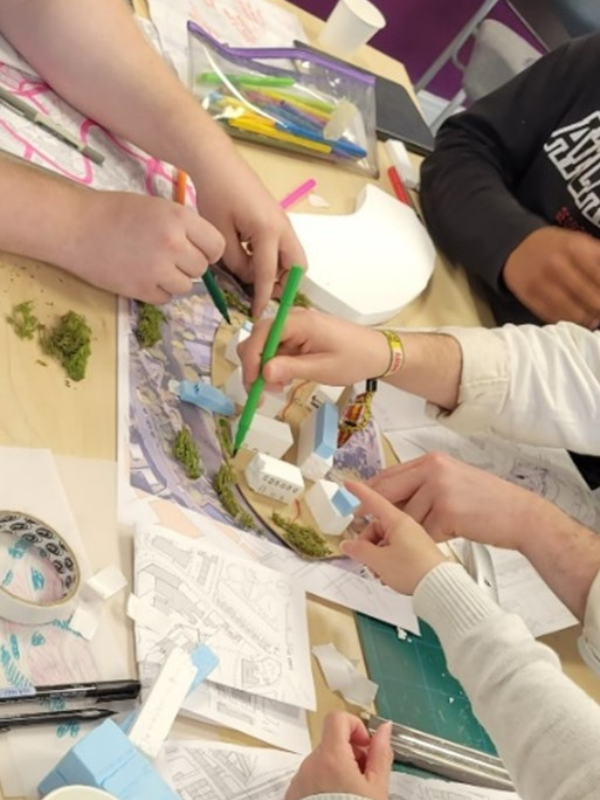
Our experts are happy to assist you
Experts team Sustainable development
Sustainable development
Discover our vision-led approach to planning new communities to embed sustainable commuting from the outset.
